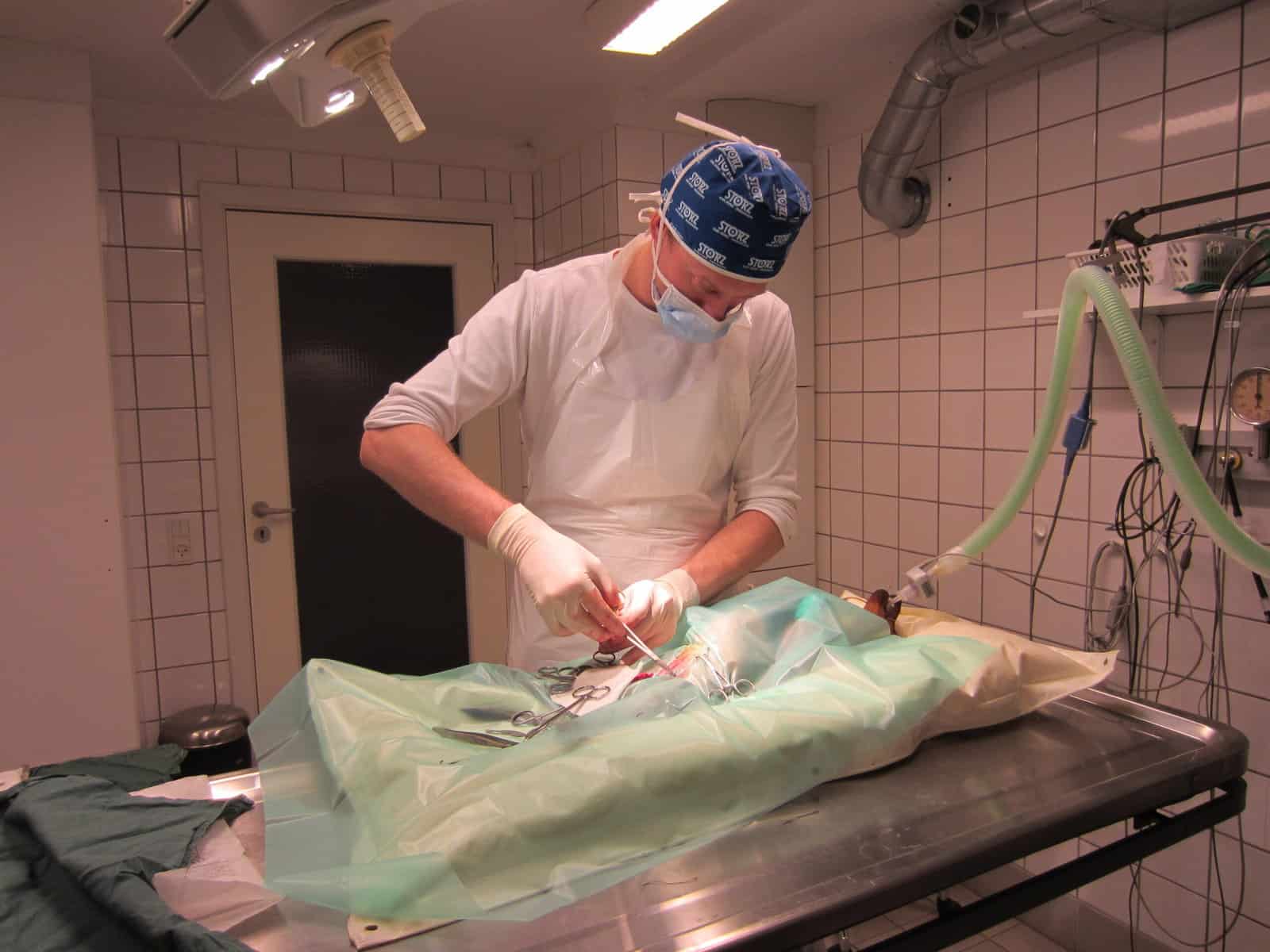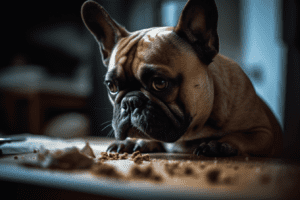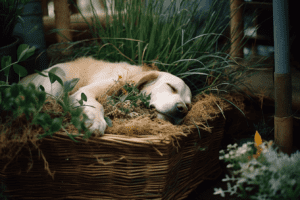I know you understand the importance of proper grooming for dogs with heavy coats. Dogs with thick, long fur are prone to ingesting their own hair during grooming, which can lead to various health issues such as hairballs, digestive problems, and even intestinal blockages.
To help prevent this problem, here are some grooming tips for dogs with heavy coats that can help keep them healthy and happy.
Key Takeaways
- Regular grooming is crucial for dogs with heavy coats to prevent hair ingestion, which can lead to various health issues such as hairballs, digestive problems, and intestinal blockages.
- Proper grooming techniques include regular brushing with an appropriate brush, trimming excess fur in areas where hair accumulates, regular bathing with a mild dog shampoo, and seeking professional grooming services when needed.
- Owners may face challenges such as time and effort required for grooming, coat matting, and pet sensitivity, but it is important to prioritize and implement effective grooming practices to maintain the health and well-being of dogs with heavy coats. Education and support from a veterinarian can be valuable in this regard.
Regular Brushing
One of the most effective ways to prevent hair ingestion in dogs with heavy coats is regular brushing. Brushing your dog’s coat at least once a week helps to remove loose hairs and prevents them from being ingested during grooming.
Use a brush that is appropriate for your dog’s coat type, such as a slicker brush or a grooming rake, to effectively remove loose hairs without hurting your dog’s skin.
Be gentle and patient, especially if your dog has a thick, dense coat, to avoid causing any discomfort to your furry friend.
Trimming
In addition to regular brushing, trimming your dog’s coat can also help prevent hair ingestion. Pay close attention to areas where hair tends to accumulate, such as around the ears, paws, and tail.
Use a pair of sharp scissors or clippers to carefully trim the excess fur, taking care not to cut too close to the skin. Trimming can help reduce the number of loose hairs that your dog may ingest during grooming and also keeps your dog’s coat looking neat and well-groomed.
Bathing
Regular baths are essential for some dogs with heavy coats to keep their fur clean and free from dirt, debris, and loose hairs.
Use a mild dog shampoo that is suitable for your dog’s skin and coat type, and rinse thoroughly to ensure all shampoo residue is removed.
After bathing, use a high-velocity dryer or a towel to dry your dog’s coat thoroughly, as damp fur is more likely to trap loose hairs, leading to ingestion.
Professional Grooming
For dogs with heavy coats that require more extensive grooming, it may be beneficial to seek the services of a professional groomer. Professional groomers have the expertise and tools to properly groom dogs with heavy coats, including techniques to remove loose hairs without causing discomfort to the dog.
They can also provide advice on proper grooming techniques and recommend specific grooming products that are suitable for your dog’s coat type.
Possible Challenges and Criticisms
- Time and Effort: Grooming dogs with heavy coats can be time-consuming and require regular effort to maintain their coats properly. Some owners may find it challenging to dedicate the necessary time and effort to groom their dogs on a regular basis, which can result in increased hair ingestion risks.
- Coat Matting: Dogs with heavy coats are more prone to matting, which can be painful for the dog and make grooming more challenging. Matting can trap loose hairs, making it difficult to effectively remove them during grooming, and potentially increasing the risk of hair ingestion.
- Pet Sensitivity: Some dogs may be sensitive or fearful of grooming activities such as brushing, trimming, or bathing. This can make the grooming process stressful for both the dog and the owner and may require additional patience, time, and effort to properly groom the dog without causing discomfort or distress.
The Story Of Hair Ingestion
As a veterinarian, I have encountered many cases where dogs with heavy coats have experienced health issues due to hair ingestion. Though one particular case that stands out is a Bernese Mountain Dog named Mr Ruffles, who had a thick, luxurious coat but often suffered from hairballs and digestive problems.
Upon examination, it was evident that Mr Ruffles‘s coat was not properly groomed, and he had ingested a significant amount of loose hair during grooming.
To address Mr Ruffles‘s issue, I worked closely with his owner to develop a grooming routine that included regular brushing with a slicker brush and occasional trimming of his paw and tail fur. We also discussed the importance of regular baths to keep his coat clean and reduce the risk of hair ingestion.
Mr Ruffles‘s owner was dedicated to implementing these grooming tips, and we saw a significant improvement in his health and well-being.
In my experience, I have also encountered owners who were not aware of the risks of hair ingestion in dogs with heavy coats or did not prioritize regular grooming. This led to cases of dogs suffering from hairballs, digestive issues, or even requiring surgical intervention for intestinal blockages caused by ingested hairs.
Educating owners about the importance of proper grooming and providing practical tips and techniques for grooming heavy-coated dogs have been crucial aspects of my role as a veterinarian.
Conclusion
In conclusion, grooming dogs with heavy coats are essential to prevent hair ingestion and maintain their health and well-being. Regular brushing, trimming, bathing, and seeking professional grooming services when needed are effective strategies to reduce the risks associated with hair ingestion.
It is important for owners to be aware of the challenges and dedicate the necessary time and effort to properly groom their dogs.
As a veterinarian, I strive to educate and support owners in implementing effective grooming practices to keep their dogs with heavy coats healthy and happy.

This article is written by…
Hayden Parker (He/Him) is a skilled veterinarian (DVM), and course instructor. With a focus on high professional competence, credibility, and respect.
As a family man, podcaster, and digital marketer, Hayden runs several websites.
His value statement centres on thoroughness, honesty, integrity, transparency, and respect for animals, owners, and fellow professionals.




